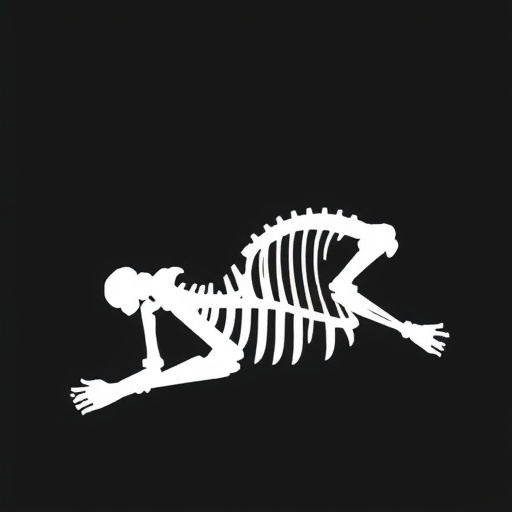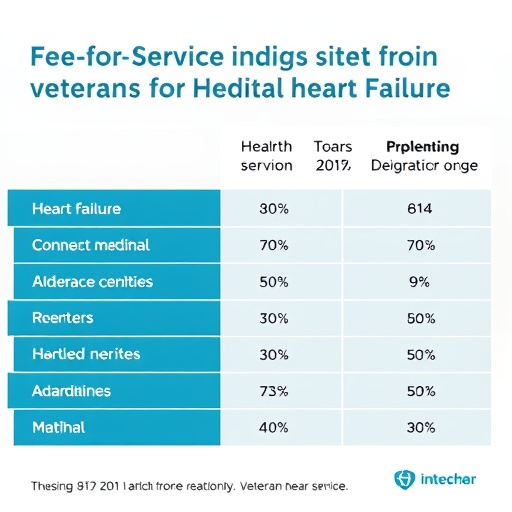In an innovative study published in the Journal of Autism and Developmental Disorders, researchers utilized data from a unique Australian cohort to explore the often-overlooked topic of bone health in autistic children. This comprehensive research not only sheds light on the physical well-being of children on the autism spectrum but also emphasizes the critical need for targeted health interventions. The findings present an alarming yet vital perspective on the holistic health of this population, which has been underrepresented in previous studies.
Understanding bone health is crucial, particularly in autism, as individuals on the autism spectrum can face numerous challenges that may affect their physical health. Factors contributing to these challenges often include dietary restrictions, limited physical activity, and co-occurring medical conditions. These influences can lead to a diminished bone density and increased fracture risk, making it imperative that researchers investigate these health parameters.
Researchers analyzed data from a population-representative sample of autistic children across Australia, offering a well-rounded perspective on the issue. By employing rigorous statistical methods, the team was able to assess various factors affecting bone health, including nutrition, physical activity levels, and other sociodemographic variables. This multi-faceted approach lends credibility to the findings, calling for immediate attention from health practitioners and caregivers alike in terms of preventative measures.
The study highlights that autistic children are at a significantly greater risk for bone health complications than their neurotypical peers. The prevalence of vitamin D deficiency, in particular, was found to be alarmingly high among autistic children, a factor critical to maintaining healthy bone density. This deficiency is often attributed to dietary limitations and reduced sun exposure, underscoring the need for health consciousness among family members and caregivers.
Another vital finding from the study showcases the relationship between physical activity and bone health. Children not engaging in regular exercise or outdoor play are at an elevated risk for bone-related issues. The investigation revealed a correlation between sedentary lifestyles and lower bone density, emphasizing the necessity of promoting physical activity within this demographic. Parents and educators play a fundamental role here, as fostering an active lifestyle can lead to improved outcomes for these children.
Moreover, the social environment surrounding autistic children must also be considered. Many face challenges such as social anxiety and sensory sensitivities, which can deter participation in group physical activities. These social and sensory barriers demand tailored approaches to intervention, potentially engaging each child’s interests to foster a more inclusive mindset towards physical activity. This focus on accessible avenues for engagement is critical for instilling healthier lifestyles in autistic children.
The importance of nutrition was further underscored in the research, revealing that the dietary patterns of autistic children frequently lack adequate calcium and vitamin D. These nutrients are essential for bone health, setting the stage for potential long-term consequences. The researchers advocate for nutrition education and dietary assessments as standard practices within pediatric care for autistic children. By integrating nutritional support into their health regimens, practitioners can prompt meaningful changes that enhance overall bone wellness.
The study’s results challenge the prevailing assumption that bone health issues are less prevalent among children compared to adult populations. Instead, it asserts that proactive measures should be taken early in life, particularly for children with autism. This early intervention could help mitigate future problems, sparking a necessary dialogue in both medical literature and public health policy.
Moreover, the data from the Australian cohort presents an opportunity for further research. As bone health in autistic children is still a relatively uncharted territory, this foundational study opens the door for longitudinal analyses to track bone health trajectories over time. Long-term research can build upon these initial findings, enriching our understanding of the ongoing implications of bone health challenges in autistic individuals.
Considering the implications of this study extends beyond academia. Policymakers and educators must take heed, as this research calls for an integrated framework that places the health of autistic children at the forefront. Educational initiatives emphasizing health and wellness could dramatically reshape how caregivers, educators, and health professionals collaborate to enhance the quality of life for autistic children.
Additionally, this research aims to spark community engagement that focuses on developing supportive environments for autistic children. Awareness campaigns can provide tools for families and communities to create inclusive physical activity programs tailored to meet the needs of children with autism. This mindset shift towards inclusivity can lead to improved bone health and overall physical well-being, ensuring that children are not left behind in health discourse.
As the research community continues to evolve, the focus on children’s health in the context of autism must remain a priority. Publications like this one lay the groundwork for future exploration, ensuring that bone health receives the recognition it deserves. Collaborative efforts across disciplines are essential for advancing knowledge and practices that will serve autistic children and their families best.
This comprehensive investigation on bone health in autistic children marks an essential step towards uncovering the myriad of health challenges faced by this demographic. As researchers unveil these findings, there is a simultaneous call to action for educators and healthcare providers to adopt a more integrated approach to the physical health of autistic children. Unlocking this world of knowledge is paramount for ensuring healthier futures not just for autistic children, but for both the community and society at large.
Through their research, the authors have established a foundation upon which further studies can build. These future studies can aim not only to replicate these findings in different populations but also to explore the effectiveness of interventions tailored to address the specific needs of autistic children concerning their bone health. The implications of this research point toward a broader understanding of health equity, reminding us that every child’s well-being is equally important and must be prioritized.
In conclusion, bone health in autistic children is a critical area for further research, advocacy, and intervention. It is a subject that intertwines physical and mental health, typical development, and the unique experiences of autism. As awareness grows and more studies like this emerge, it becomes increasingly clear that understanding and addressing these issues holistically is vital for paving the way for healthier futures for autistic children.
Subject of Research: Bone Health in Autistic Children
Article Title: Bone Health in Autistic Children: Evidence from a Population-Representative Australian Cohort Study
Article References:
O’Flaherty, M., Gomersall, S., Hill, J. et al. Bone Health in Autistic Children: Evidence from a Population-Representative Australian Cohort Study.
J Autism Dev Disord (2025). https://doi.org/10.1007/s10803-025-07051-z
Image Credits: AI Generated
DOI: 10.1007/s10803-025-07051-z
Keywords: Autistic children, bone health, dietary patterns, physical activity, vitamin D deficiency, public health policy.
Tags: Australian autism studybone health in autistic childrenco-occurring medical conditions in autismdietary restrictions in autistic childrenfracture risk in autistic childrenholistic health in autistic populationsnutrition and autism spectrum disordersphysical activity and bone densityphysical well-being in autismresearch on autism and physical healthsociodemographic factors in bone healthtargeted health interventions for autism





